Canine Classification: Exploring the Number of Dog Breeds
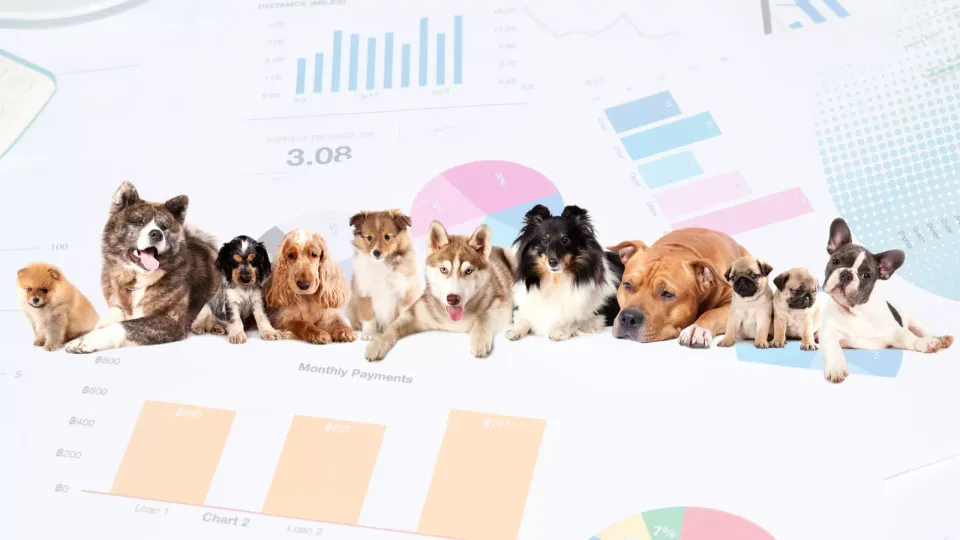
The world of dogs is vast and varied, with each breed showcasing unique physical characteristics, temperaments, and histories. But how many dog breeds are there, exactly? The answer to this question largely depends on the criteria used to define a "breed" and the organization providing the classification. Combining the breeds recognized by major kennel clubs with unrecognized breeds, rare breeds, and popular designer breeds, the number could easily surpass 500!
Defining "Breed"
Before delving into numbers, it's important to understand what constitutes a "breed." A dog breed is typically defined as a group of dogs that share the same physical characteristics and temperament. These dogs are also capable of reproducing offspring with the same traits consistently.
Recognized Breeds: Major Kennel Clubs
Different kennel clubs around the world recognize different numbers of breeds. Here are the numbers from a few major kennel clubs as of my last update in 2021:
- American Kennel Club (AKC): Recognizes over 197 breeds.
- The Kennel Club (UK): Recognizes around 221 breeds.
- Fédération Cynologique Internationale (FCI): Recognizes over 344 breeds.
- Canadian Kennel Club (CKC): Recognizes 175 breeds.
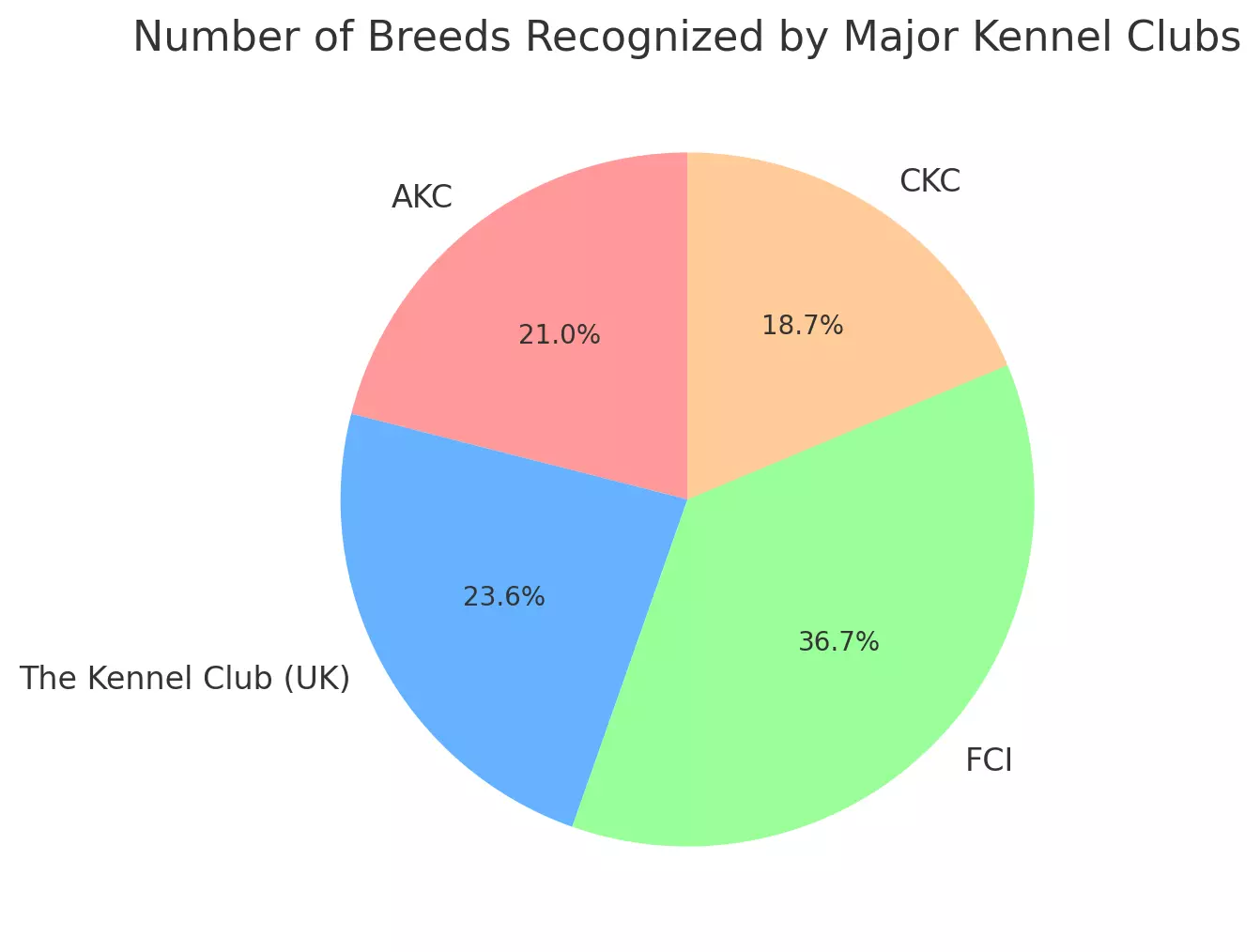
Unrecognized Breeds
Apart from the breeds recognized by major kennel clubs, there are many breeds that are not officially recognized. These breeds may be very popular in specific regions or countries but haven't yet received official recognition from major international or national kennel clubs. The exact number of these breeds is hard to pinpoint, but it can safely be said that there are dozens, if not hundreds, of such breeds.
Rare and Ancient Breeds
In addition to the aforementioned categories, there are also breeds that are considered rare or ancient. Some of these breeds have been around for thousands of years, and their numbers may be dwindling. These breeds might not be as popular as the mainstream breeds but are essential parts of canine history.
Designer Breeds
In recent years, there's been a rise in the popularity of "designer" dog breeds. These are hybrids created by crossing two purebred dogs. Examples include the Labradoodle (Labrador Retriever + Poodle) and the Cockapoo (Cocker Spaniel + Poodle). While they are not officially recognized as separate breeds by most major kennel clubs, they have garnered significant attention and popularity among dog lovers.
Examples categories
These classifications provide a structured way to understand the vast world of dog breeds, each offering unique insights into the traits, histories, and uses of these beloved animals.
By Size
Size is one of the most immediate classifications one might notice in dogs. While toy breeds like the Chihuahua are often pocket-sized companions, giant breeds like the Great Dane can tower over small children. Each size category brings unique care needs, temperaments, and potential health concerns. For instance, larger breeds might need more space and exercise, but they often have shorter lifespans compared to smaller breeds.
- Toy Breeds (25 breeds): Chihuahua, Pomeranian...
- Small Breeds (50 breeds) Shih Tzu, Beagle...
- Medium Breeds (150 breeds) Border Collie, Siberian Husky...
- Large Breeds (100 breeds) German Shepherd, Golden Retriever...
- Giant Breeds (20 breeds) Great Dane, Saint Bernard...
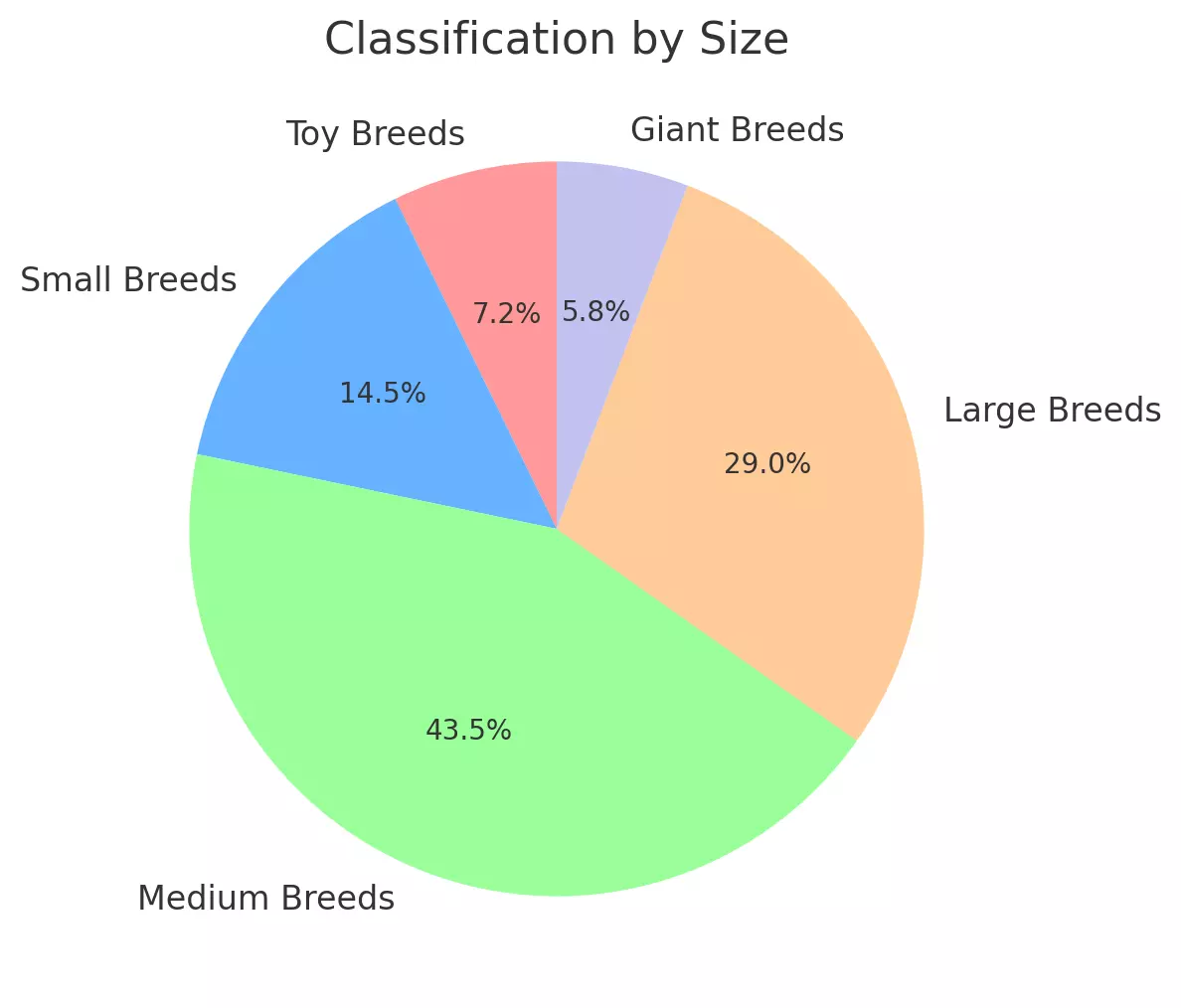
By Function
Function-based classification often reflects the original purpose or job for which a breed was developed. Working dogs, for instance, are often strong and intelligent, suitable for tasks like guarding or pulling. Sporting breeds, meanwhile, are agile and energetic, often used in hunting. As societies have evolved, many breeds have transitioned from their original jobs to being primarily companions, yet their inherent traits remain.
- Working Dogs (60 breeds) Boxer, Doberman Pinscher...
- Sporting Dogs (80 breeds) Spaniel, Labrador Retriever...
- Herding Dogs (70 breeds) Australian Shepherd, Sheepdog...
- Hound Dogs (65 breeds) Dachshund, Greyhound...
- Terrier Dogs (45 breeds) Bull Terrier, Airedale Terrier...
- Companion Dogs (50 breeds) French Bulldog, Bichon Frise...
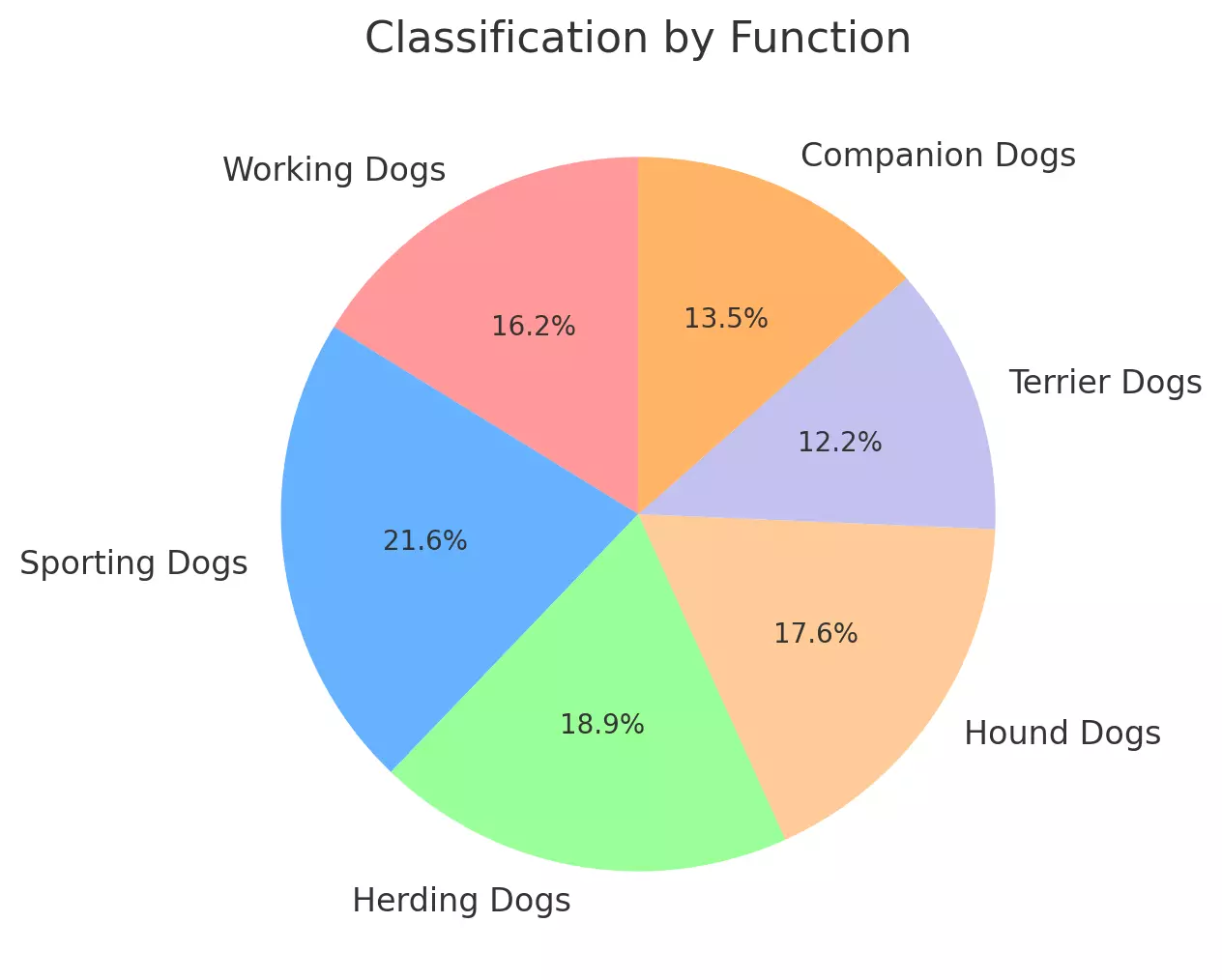
By Coat Type
Coat type not only influences a dog's appearance but also dictates grooming needs and can even have implications for potential pet owners with allergies. Short-haired breeds might be easier to groom, but they can still shed significantly. Long-haired and curly-coated breeds often require regular grooming to avoid matting and skin issues. Each coat type offers a unique aesthetic and tactile experience.
- Short-Haired (150 breeds) Dalmatian, Pit Bull...
- Long-Haired (100 breeds) Afghan Hound, Shetland Sheepdog...
- Curly-Coated (40 breeds) Poodle, Curly-Coated Retriever...
- Wire-Haired (60 breeds) Scottish Terrier, Wirehaired Pointing Griffon...
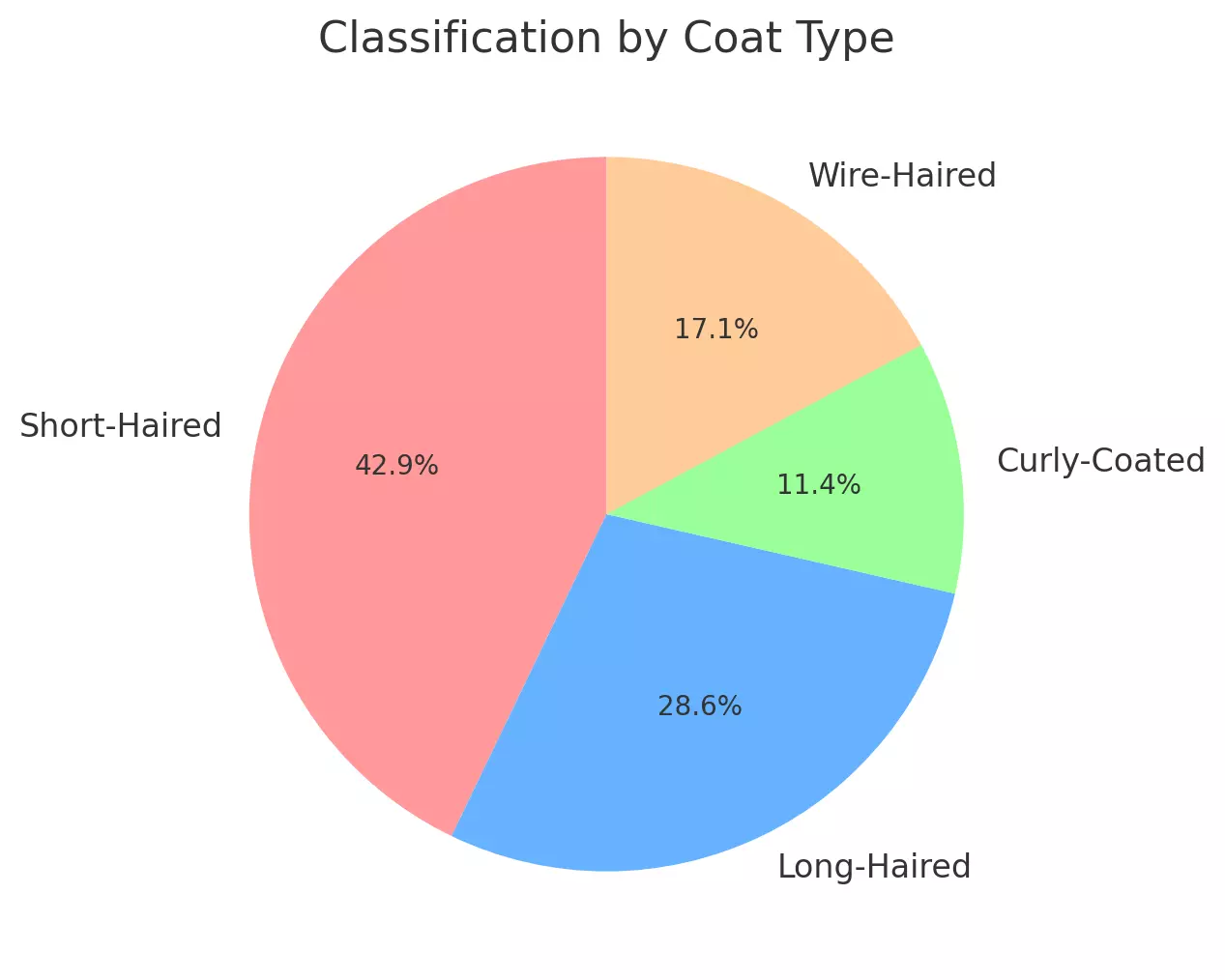
By Region of Origin
Dogs have been companions to humans across all continents, and their breeds reflect the diverse cultures, climates, and needs of the regions where they originated. Asian breeds, for instance, often have dense coats suitable for colder mountainous regions or sleek, short coats ideal for warmer climates. European breeds showcase a vast array of sizes and functions, from tiny terriers to powerful hunting dogs. Each region's breeds tell a story of human-canine collaboration and co-evolution.
- Asian Breeds (50 breeds) Shiba Inu, Lhasa Apso...
- European Breeds (180 breeds) Dachshund, Basset Hound...
- African Breeds (20 breeds) Basenji, Rhodesian Ridgeback...
- American Breeds (100 breeds) American Eskimo Dog, Alaskan Malamute...
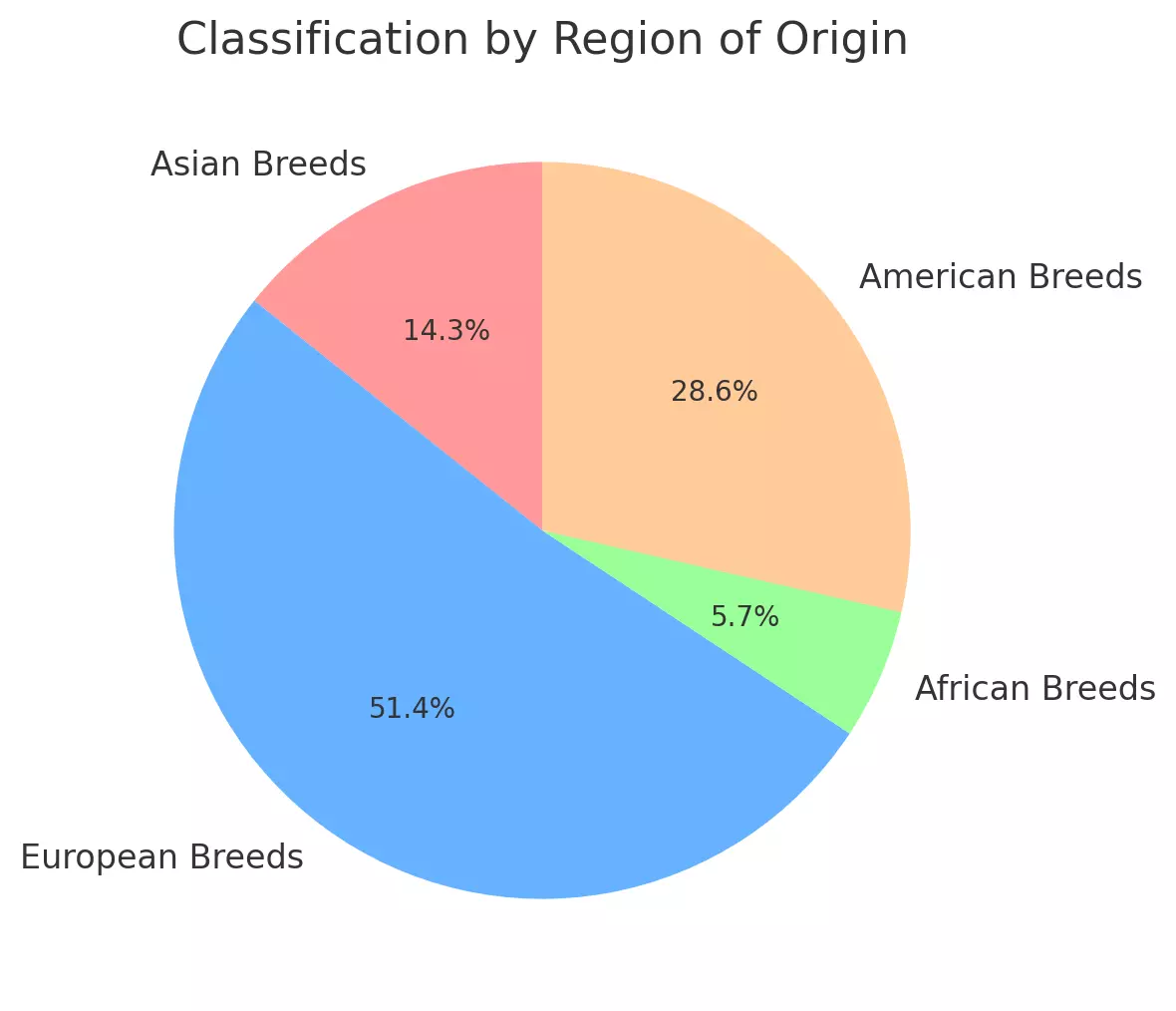
Conclusion
So, how many dog breeds are there in total? The intricate mosaic of canine breeds is shaped by numerous factors, including kennel club standards, regional preferences, and evolving hybrid breeds. Taking into account recognized breeds from major kennel clubs, alongside lesser-known and emerging breeds, the total count could exceed 500. This number, however, remains dynamic, influenced by evolving breed standards and the continuous journey of canine evolution. Whether recognized or not, each breed enriches our lives, testifying to the deep bond and shared history between humans and dogs.
